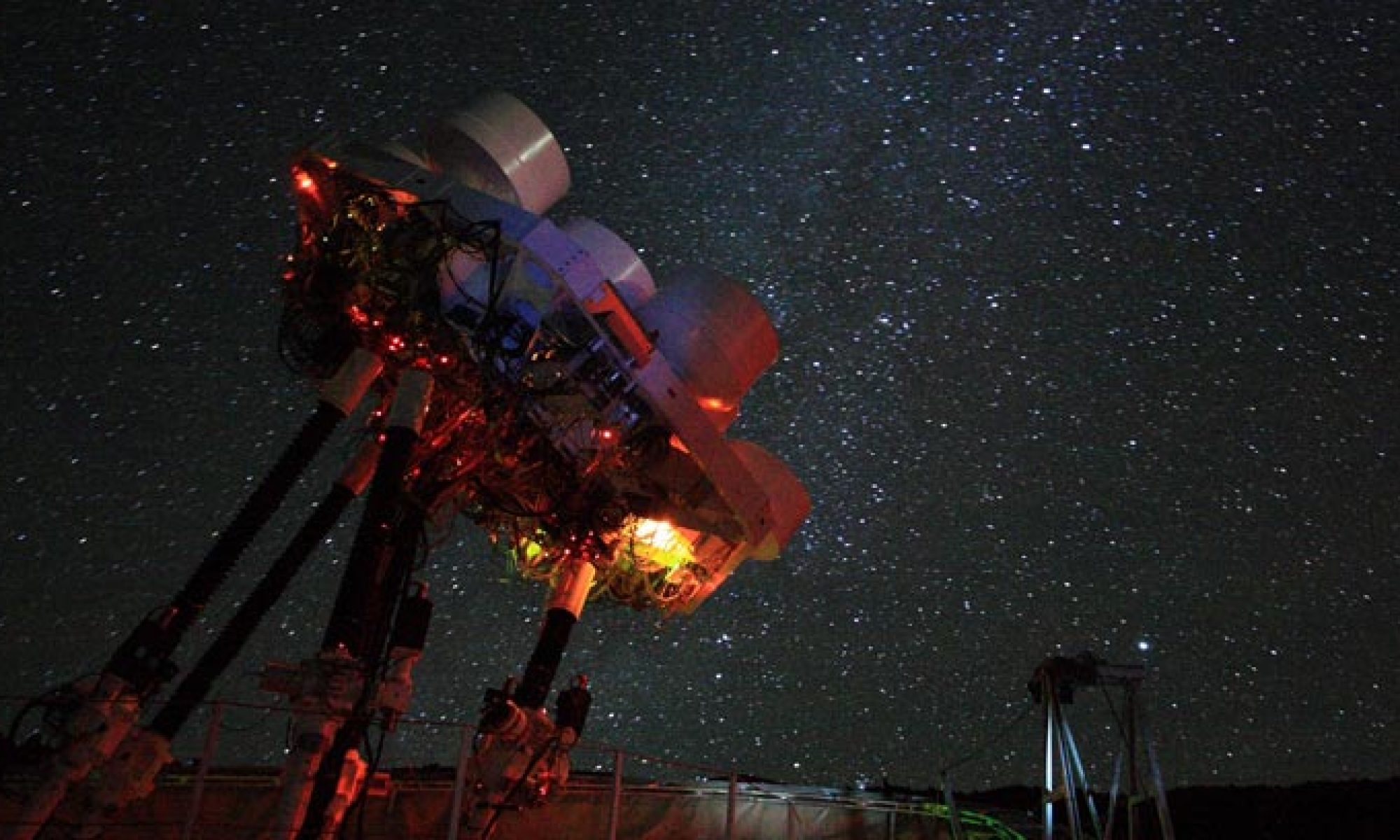Here is a photo of the water damaged primary before painting. The perimeter of this dish has a piece of masking tape with the label “NO 9” which to me implies S/N 09. This tape is obscured by the baffle when installed.

March 19: Adam prepared the surface by wiping down with isopropyl alcohol then we gave it 5 coats of the metallic paint.

Here is how the dish appeared afterward application of 5 coats of metallic paint (before sanding).

March 25 – I went to sand and measure the resistance of the dish surface and found the readings to be quite high ranging from 100 to 150 Ohms near the center and varying from a few Ohms to 75 Ohms along the perimeter. It seems that we held the spray can too far away from the dish for the center portion resulting in a coating that was either thin or the paint dried before hitting the surface. So I applied 4 more coats of paint but this time made sure I maintained equidistance to the surface while spraying.


March 29 – After waiting over a long weekend I dry sanded the dish using the same 600 grit sand paper. Brushed off the grit and touched up areas that felt rough by hand.


The DC resistance measurements now show good results of 0.5 to 1.0 Ohms between any two measured points on the dish. I measure both before and after sanding with the same results. Spacing the contact probes across the entire dish (edge to edge) resulted in the same low resistance values. So it appears that the coating is quite uniform in conductivity.

Here is a link to the painting of the secondary reflector for the same dish assembly. http://amibablog.asiaa.sinica.edu.tw/?p=25963
-Derek




